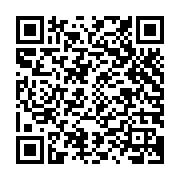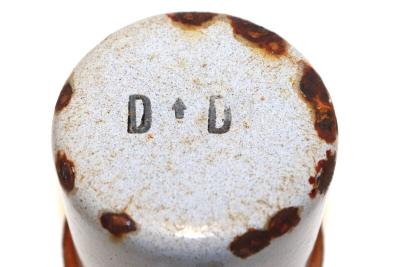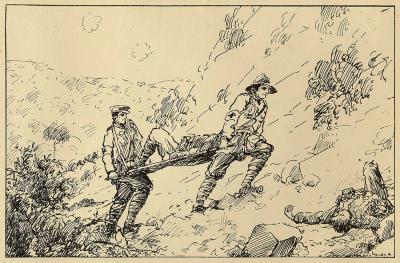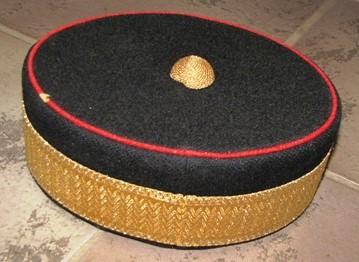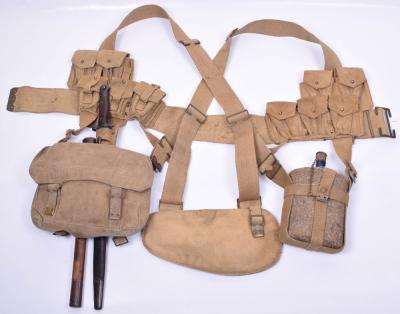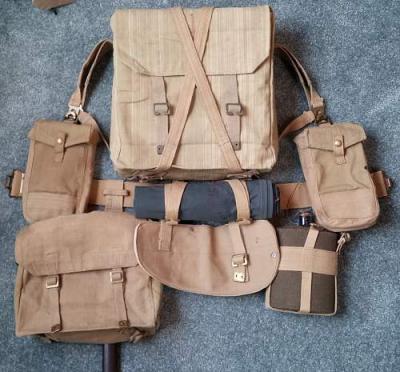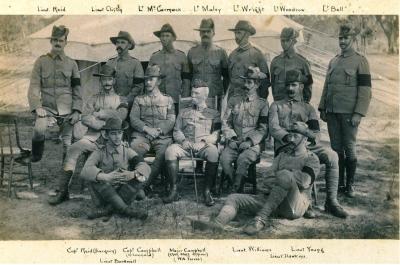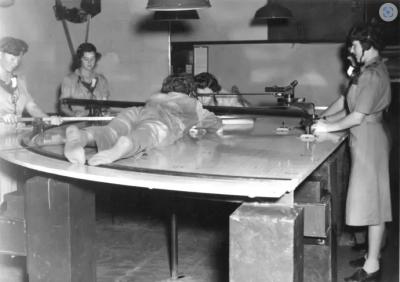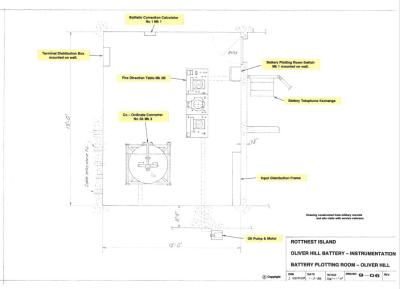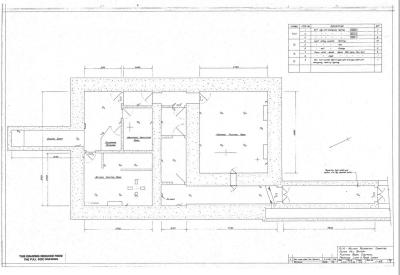World War 1 - Australian Army Issue Water Canteen
The enamel water bottle used by British Empire Forces at the start of the Second World War dates back to 1903, when the ‘bottle, water, enamelled (Mark VI)’ was approved. With a kidney shape similar to a flask the Mark VI consisted of an enameled iron bottle insulated with wool felt covering and closed with a cork stopper on a string. During its service life, a number of variants were manufactured in different parts of the empire and an assortment of webbing and leather harnesses were developed for use with this style of water bottle. A similar model (Mark VII) was issued during World War 2.
In war or in training, to a soldier, hot meals, cooked centrally but served locally are an important factor for morale, health, hygiene and readiness. A mess set consisting of knife, fork and spoon and convenient containers to receive food and drink is an essential part of a soldier’s kit. There are frequent times and circumstances when a soldier is required to prepare and cook his rations (issued or locally sourced) individually over a local heat source. The military mess tin could meet both requirements.
In Australian military use, mess tins traditionally consisted of two parts, a base and a close fitting or nesting lid. The ensembles were light weight but sturdy, frequently with handles and usually with rounded corners or circular to facilitate cleaning. The two portions could be used for frying, boiling, serving and drinking. The mess kit was lightweight, compact and fitted into a canvass container easily attached to webbing or the saddle.
An combination knife, fork and spoon set was normally issued. Many soldiers also carried a tin mug for drinking as the mess tins themselves could be hot from cooking and the their shapes were not convenient. It was not until the issue of American style canteens with an integrated cup, that the separate mug disappeared.
Details
Details
Australian Army Museum of Western Australia
Australian Army Museum of Western Australia
More items like this
Other items from Australian Army Museum of Western Australia
- World War 1, South-West Asia, Türkiye, Gallipoli, SILAS, "Crusading at Anzac"
- Pillbox Hat - Artillery Officer
- World War 1 - 1908 Pattern Webbing
- World War 2 - 1937 Pattern Webbing
- Pre 1914, 2nd Anglo-Boer War, 6th Western Australian Contingent, Perth, 1901
- Pre 1914, Western Australia, Rottnest Island, Undersea Cable, 1900
- World War 2, Western Australia, Rottnest Island, Coast Artillery Instrumentation, Fortress Plotter No 1 Mk 1
- World War 2, South West Asia, Syria, Fighting the French Foreign Legion, 1942
- World War 2, South West Asia, Lebanon, Operation Exporter, 1942
- World War 2, Western Australia, Wireless Set 101
- World War 2, Western Australia, Rottnest, Oliver Hill, Battery Plotting Room, Layout, 1938
- World War 2, Western Australia, Rottnest Island, Oliver Hill, Plotting Room Complex, 1938 / 1942
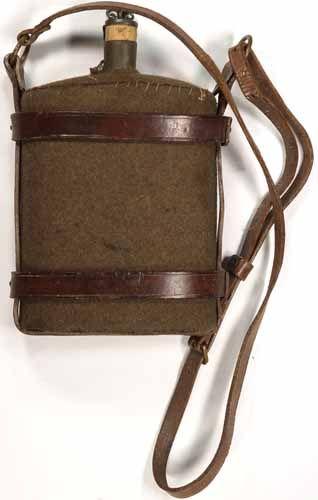
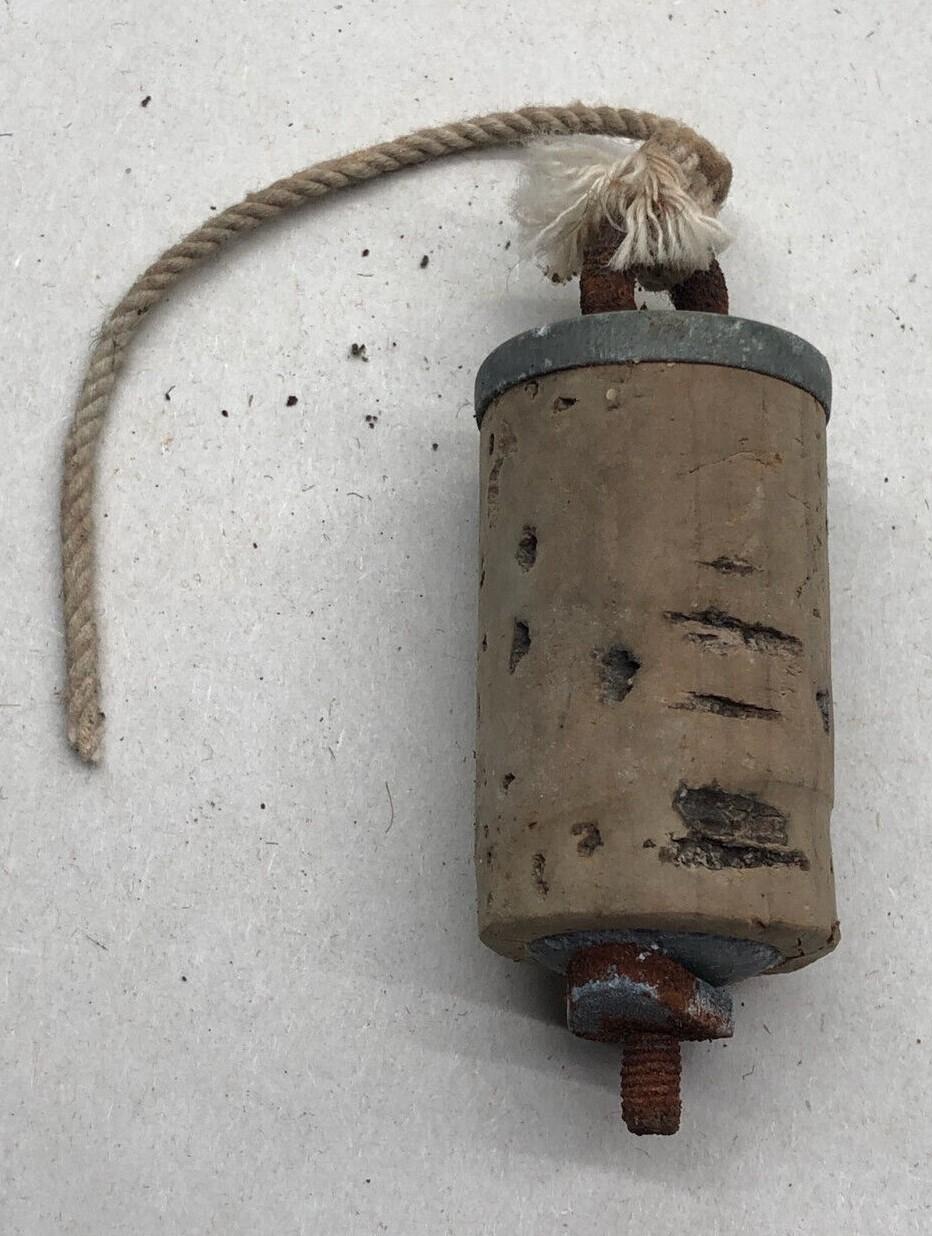
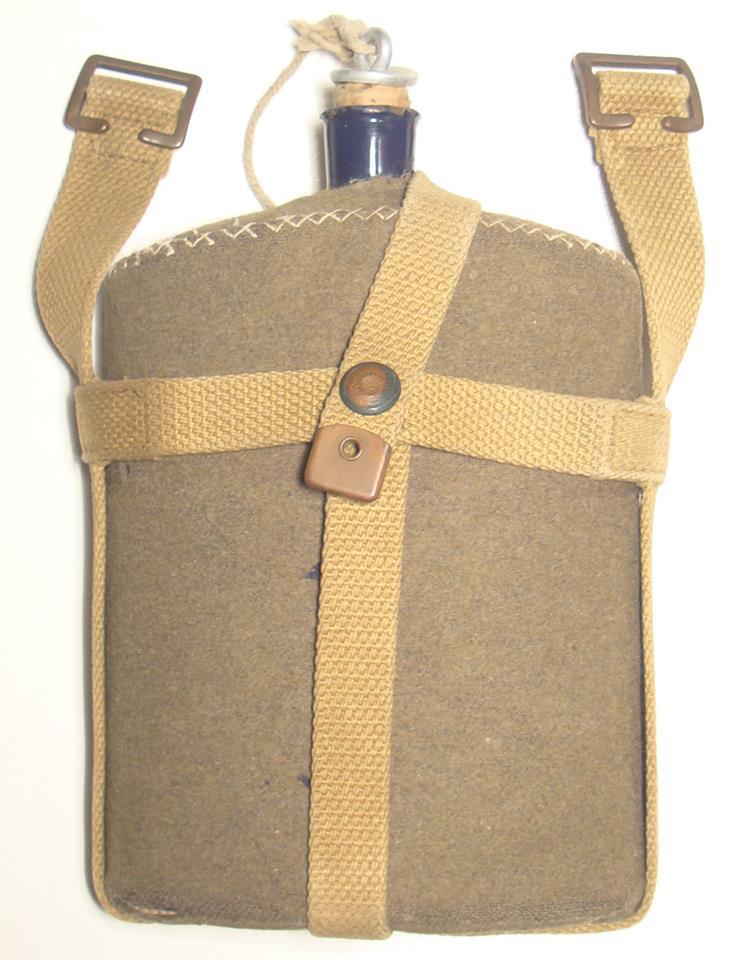
Scan this QR code to open this page on your phone ->
